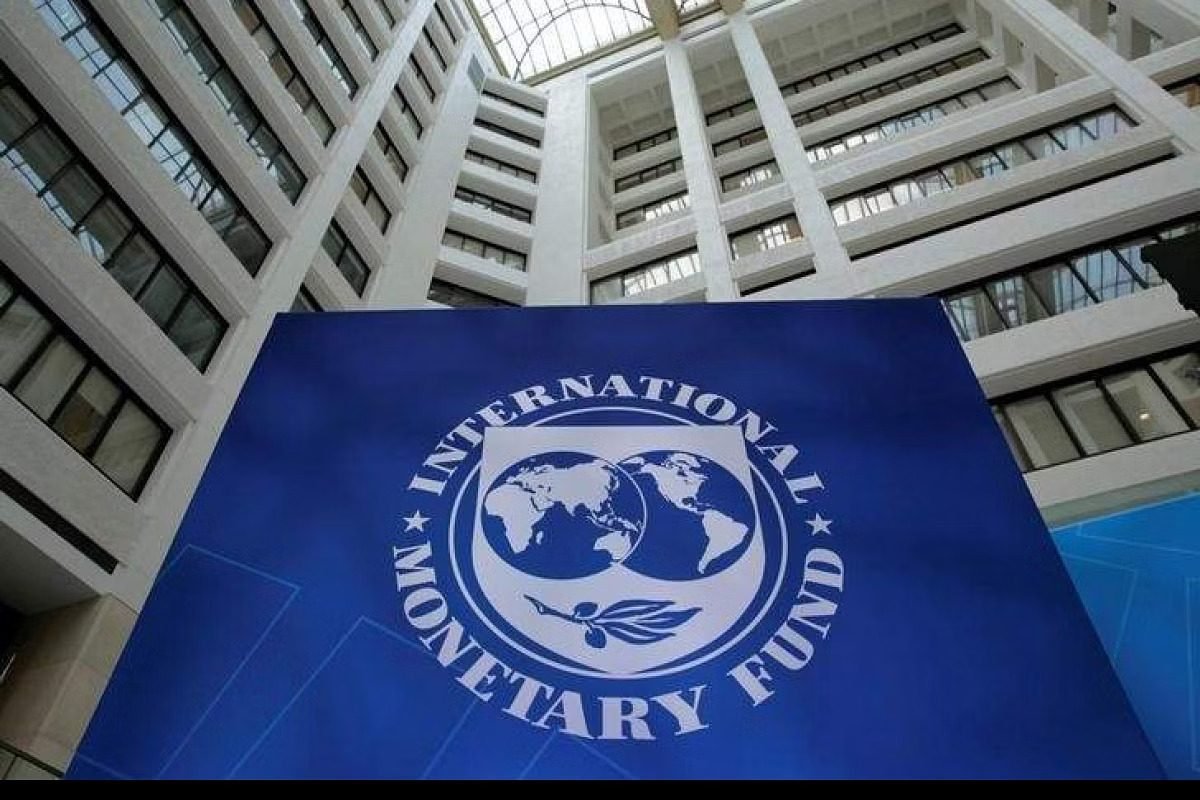Overseas investors are increasingly finding their way to Asian equity markets, buoyed by the perception that the tightening cycle by the Federal Reserve might be nearing its conclusion. This shift marks a significant departure from last year’s trend when risky assets experienced massive outflows due to a more hawkish policy stance.
Date: Aug 03, 2023
Place: New Delhi, India
Despite recent interest rate hikes by major central banks, a growing consensus has emerged, suggesting that these institutions are adopting a more cautious approach, possibly signaling the winding down of the year-long global monetary tightening.
Data analysis from multiple Asian stock exchanges, including India, Indonesia, the Philippines, South Korea, Taiwan, Thailand, and Vietnam, shows a consistent inflow of foreign investment into these markets. In July alone, overseas investors purchased a net total of $3.48 billion of equities, extending the trend of positive flows seen since April.
Notably, Asian equities, with the exception of China, have emerged as an attractive option for international investors over recent months. The region’s equities have benefited from cheaper valuations following a challenging year and are bolstered by positive growth prospects amid easing price pressures.
In India, foreign investors have sustained their buying spree, remaining net buyers for the fifth consecutive month in July. In an unprecedented move, they injected a staggering $5.68 billion into India’s local equity markets, reaching an all-time high. This surge in investment can be largely attributed to strong earnings reported in recent quarters, making the Indian market increasingly appealing to foreign buyers.
Conversely, China’s attractiveness to foreign investors has waned during the second quarter of this year, largely due to concerns surrounding the country’s economic recovery post-COVID, as well as apprehensions about the absence of robust policy responses and escalating Sino-U.S. tensions. In the same period, Chinese equities witnessed substantial outflows worth $4.25 billion, while the rest of Asia enjoyed inflows totaling $18.35 billion, excluding China.
Analysts anticipate that the divergence between China and other Asian markets may persist, driven by macroeconomic data that consistently underperforms expectations. Notably, high youth unemployment rates and a slowdown in the Chinese property sector have cast a shadow on the country’s domestic consumption outlook.
Despite this discrepancy, Asia, excluding China, continues to be an alluring destination for foreign investors, primarily due to the potential of a more accommodative global monetary policy environment. As the consensus surrounding the easing of monetary tightening grows stronger, the region remains poised to attract further foreign investments in the coming months.
Disclaimer
CurrencyVeda provides information purely for educational purposes. We are not financial advisors or brokers. The content we provide should not be taken as financial advice or a recommendation to buy or sell any sort of investment or security. Always perform your own due diligence and consult with a licensed professional before making any investment decision.
Source- The Print, Reuters, Financial Express





